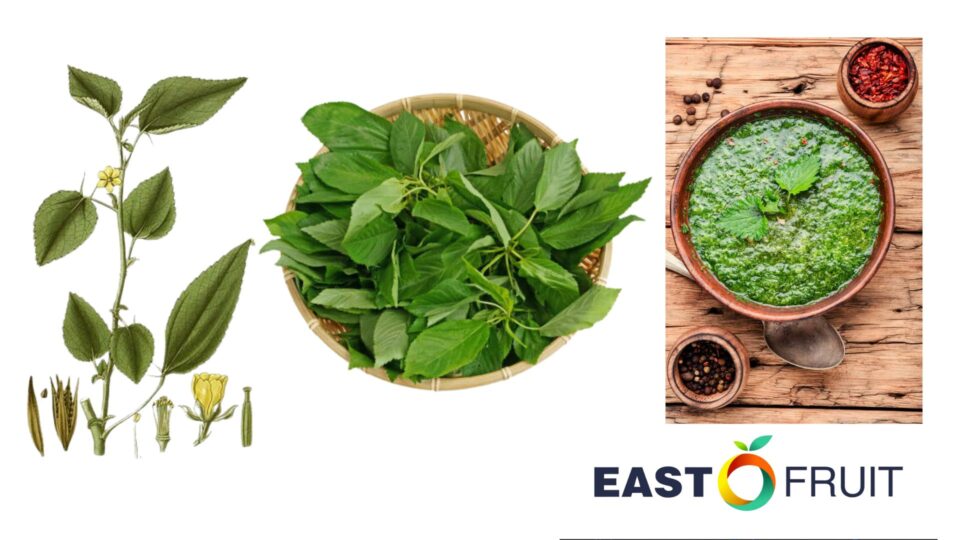EastFruit team keeps informing the fresh produce business about the exiting products, which could be relatively or completely unknown to the world or some parts of the world while offering great production and marketing opportunities combined with health benefits to consumers.
Molokia (also spelled as Mulukhiyah or Molokhia) – is certainly one of these products! This vegetable is also known as “jute mallow” or “Egyptian spinach”. It is a fast-growing leafy green vegetable commonly consumed in the Middle Eastern and North African cuisines.

Molokia leaves are very rich in nutrients. They have an exceptionally high amount of protein for a vegetable. Almost half of the calories in Molokia leaves come from its protein. They are also rich in important minerals like magnesium, calcium, and potassium as well as vitamins from groups A, B, and E. Even though fat content in the leaves of Molokia is low, they contain a significant amount of omega 3 fatty acids, which are crucial for human health.
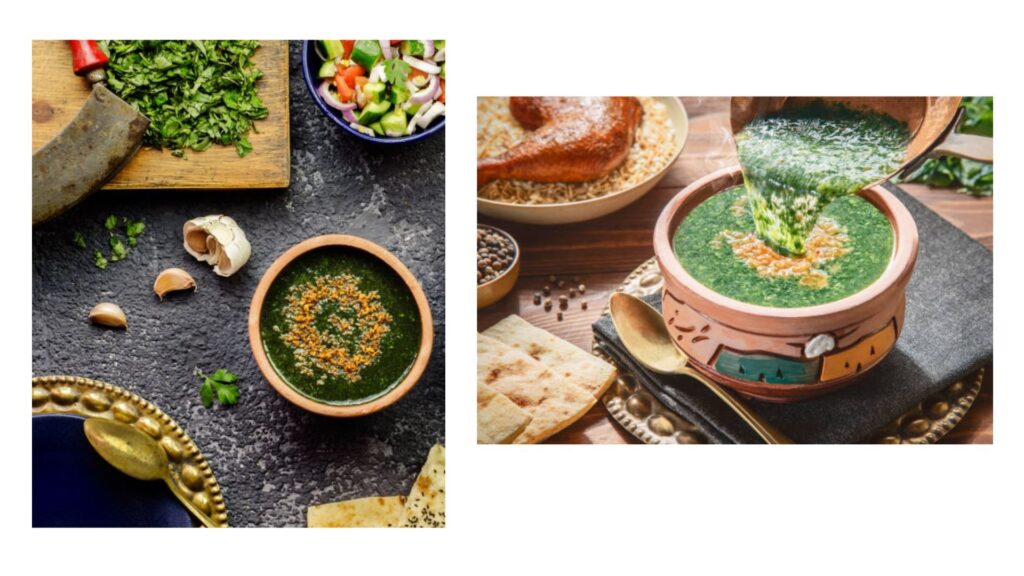
What makes Molokia a superfood? Molokia leaves have been shown to lower blood sugar, which can be beneficial for treating people with diabetes. They have significant antioxidant benefits and are effective for fighting inflammation. Scientific research confirms that Molokia leaves protect against lesions in the gastrointestinal tract and that the antioxidant properties of Molokia leaves enable them to help fight cancer.
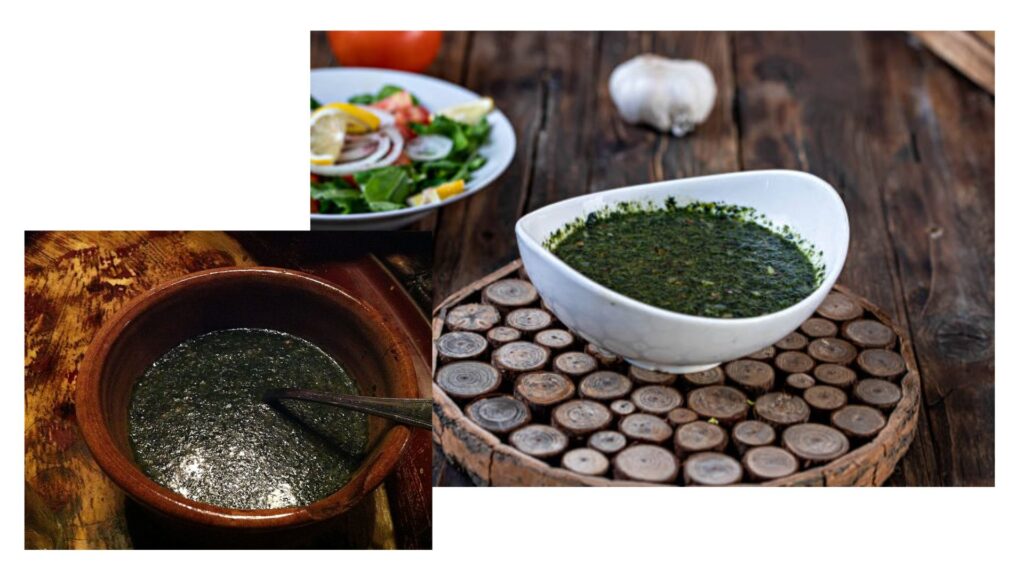
How to consume Molokia leaves?
· Soup (Molokhia Soup): The most popular way to enjoy molokhia is in the form of a hearty soup. The leaves are finely chopped and cooked with garlic, coriander, and sometimes chicken or meat broth. The resulting soup has a thick, mucilaginous texture.
· Stew (Molokhia Stew): Similar to the soup, molokhia can be turned into a stew by adding more ingredients like tomatoes, onions, and spices. It’s often served over rice or with bread.
· Sautéed or Stir-Fried: Molokhia leaves can be sautéed with olive oil, garlic, and onions. Some people add lemon juice or vinegar for extra flavor.
· Dried Molokhia: The leaves can be dried and ground into a powder. This powder is then rehydrated and used in various dishes.
· Side Dish: In some regions, molokhia is served as a side dish alongside grilled meats or other main courses.
· Fresh Salad: Young molokhia leaves can be used in salads, similar to spinach or arugula.
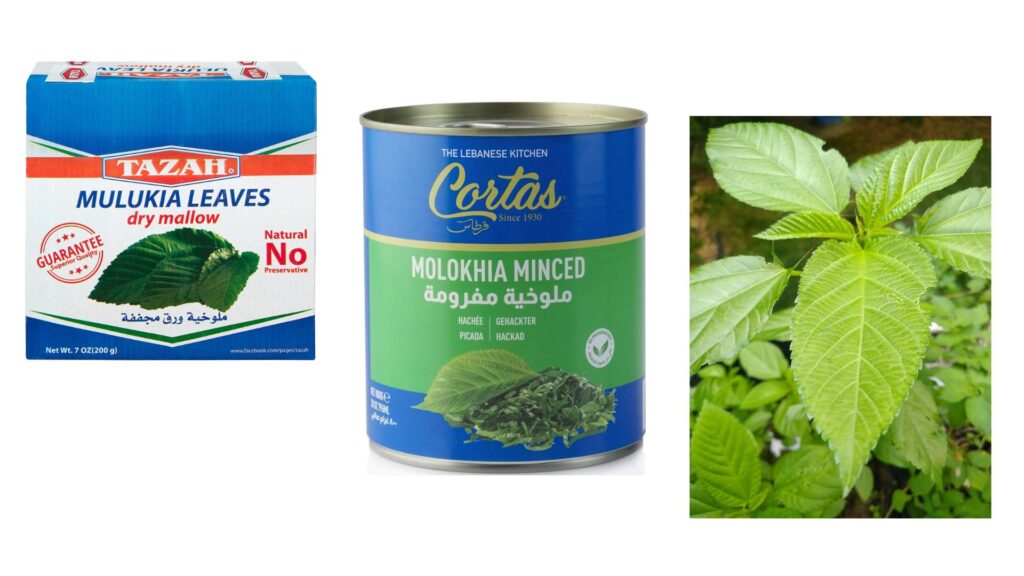
How to grow Molokia vegetables?
Molokia is a fast-growing plant, usually ready for harvesting about 60 days after planting. It can grow as tall as 2 meters in height if left uncut. It prefers hot weather and produces its leafy greens throughout the summer. When temperatures begin to drop in the fall, leaf production slows, and the plant bolts, producing small, bright yellow flowers. The flowers are then replaced by long, thin seed pods that can be harvested when they naturally dry and brown on the stem.
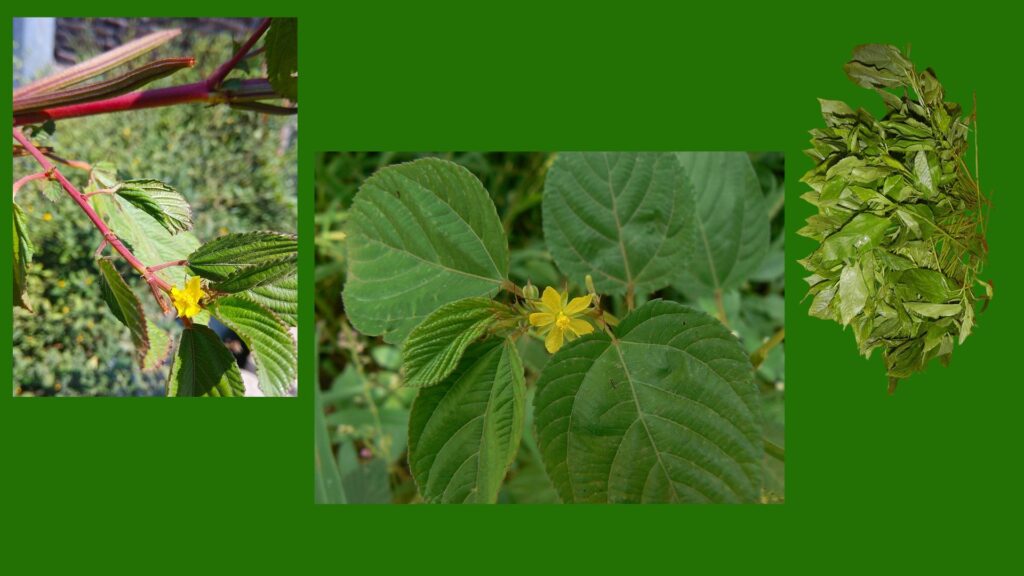
Growing Molokia is relatively easy. The seeds can be sown directly in the ground in the spring after all chance of frost has passed or started indoors about six weeks before the average last frost. These plants prefer full sun, plenty of water, and fertile, well-draining soil.
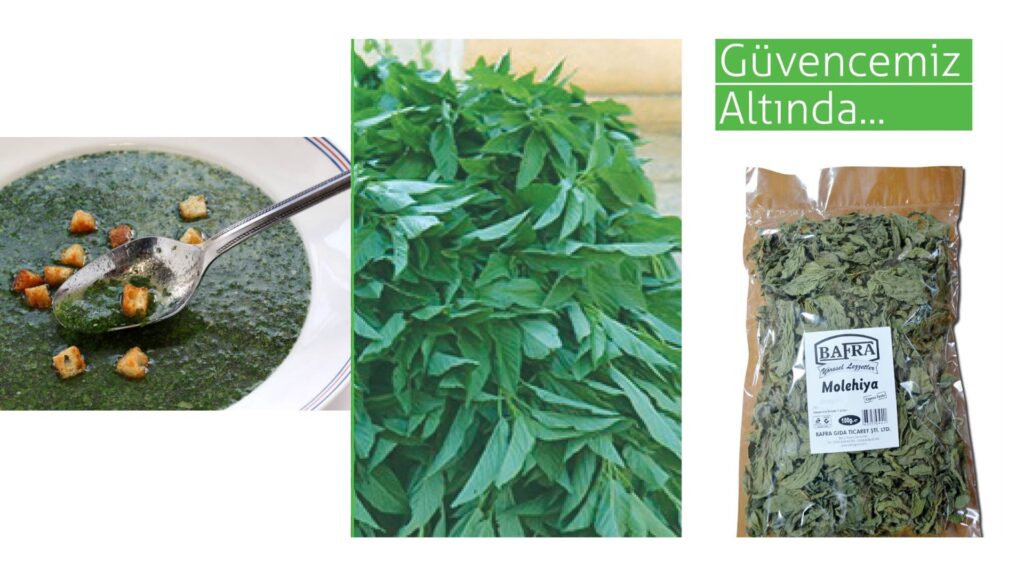
After the plant reaches 60 cm in height, it can be harvested by cutting off the top 15 cm of the growth. These are the most tender parts, and they’ll be replaced quickly. It can be harvested from the same plant several times during the warm period of the year.
The use of the site materials is free if there is a direct and open for search engines hyperlink to a specific publication of the East-Fruit.com website.




